Photos: Take a Tour of the Spectacular Yosemite Valley
Natural art
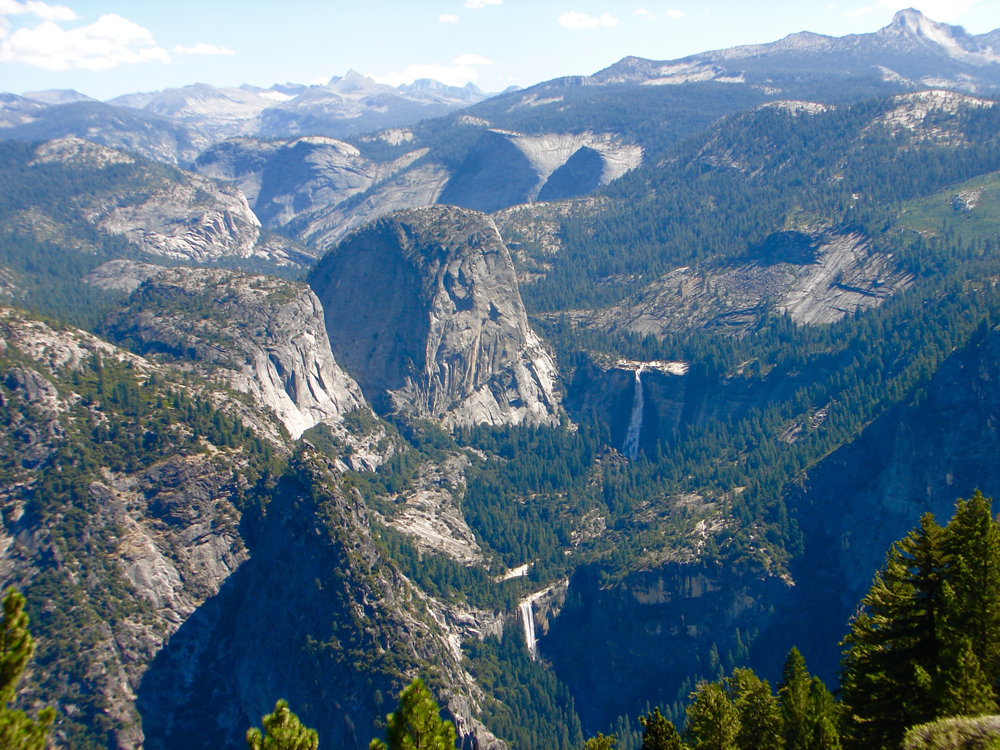
On the high western slopes of the Sierra Nevada mountain range of California, the forces of erosion have created one of nature's greatest works of sculptured rock. Known today as the Yosemite Valley, this most beautiful landscape of promontories, sheer walls, domes and waterfalls are found together, creating some of the most scenic views anywhere in North America.
Origins of beauty
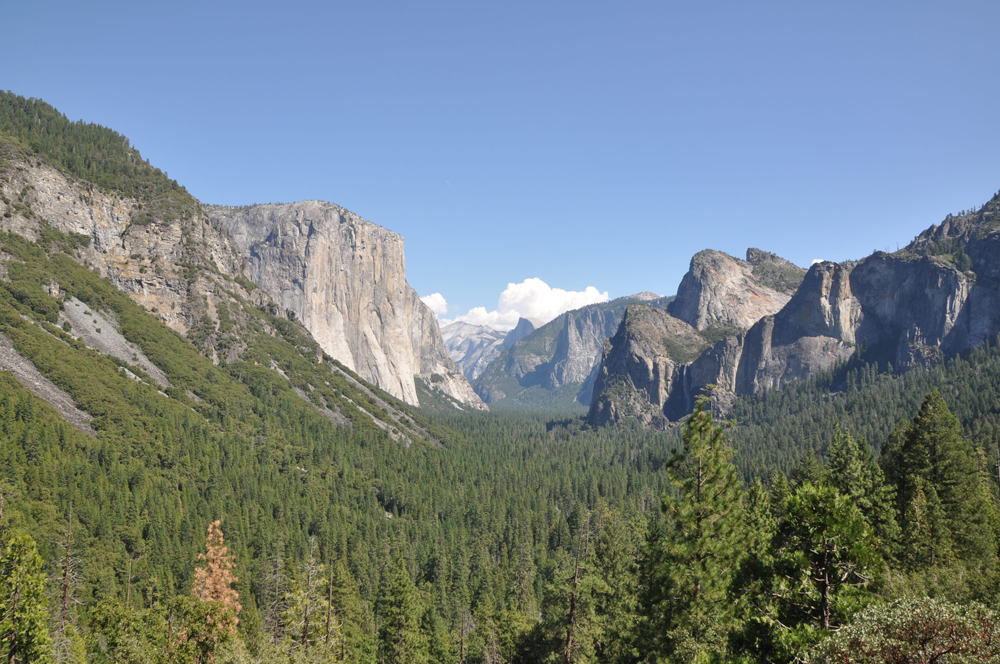
The genesis of the Yosemite Valley arose from the expansive molten material-magma buried deep within the Earth's surface. Crystallization and cooling of this deep magma occurred over millions of years, resulting in massive blocks of granite composed of interlocking crystals of five basic minerals — biotite, hornblende, quartz, potassium feldspar and plagioclase.
Unique formation
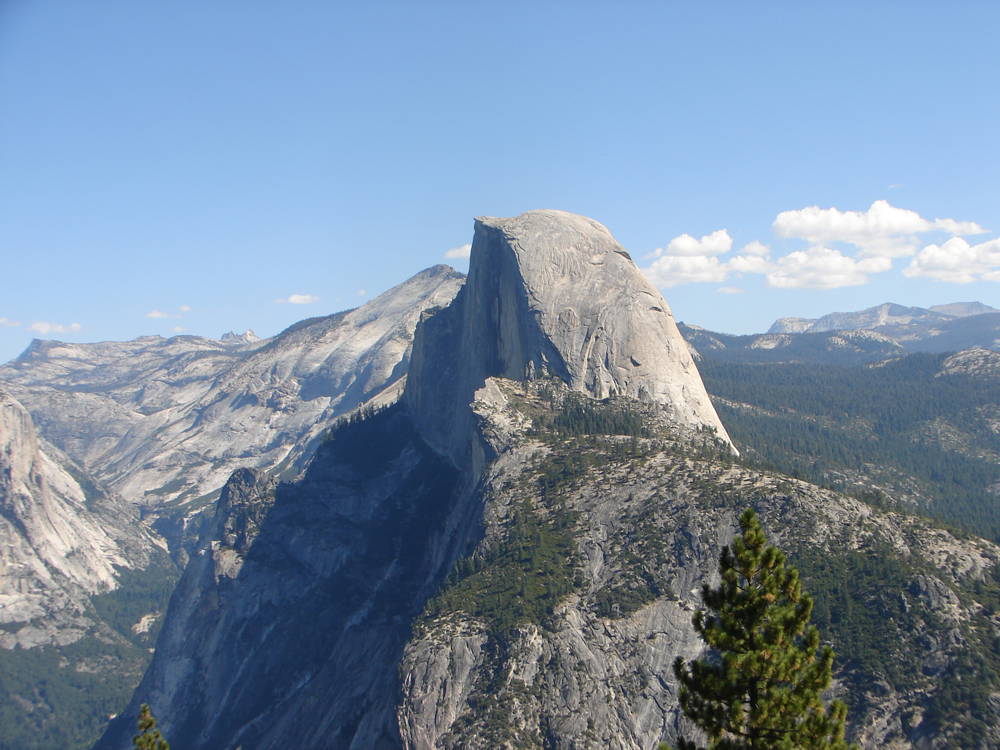
Because of how it was formed, the granite rock that makes up most of the Yosemite Valley is said to be plutonic rock. It is named for the Roman god of the underworld, Pluto. Much of this magma intruded into host rocks as it rose from the depths of the Earth and created individual bodies of rock, known as plutons. Due to erosion, many of these plutons are now visible today in the Yosemite Valley. The most famous of these plutons is the granite dome commonly called Half Dome.
Old, but young
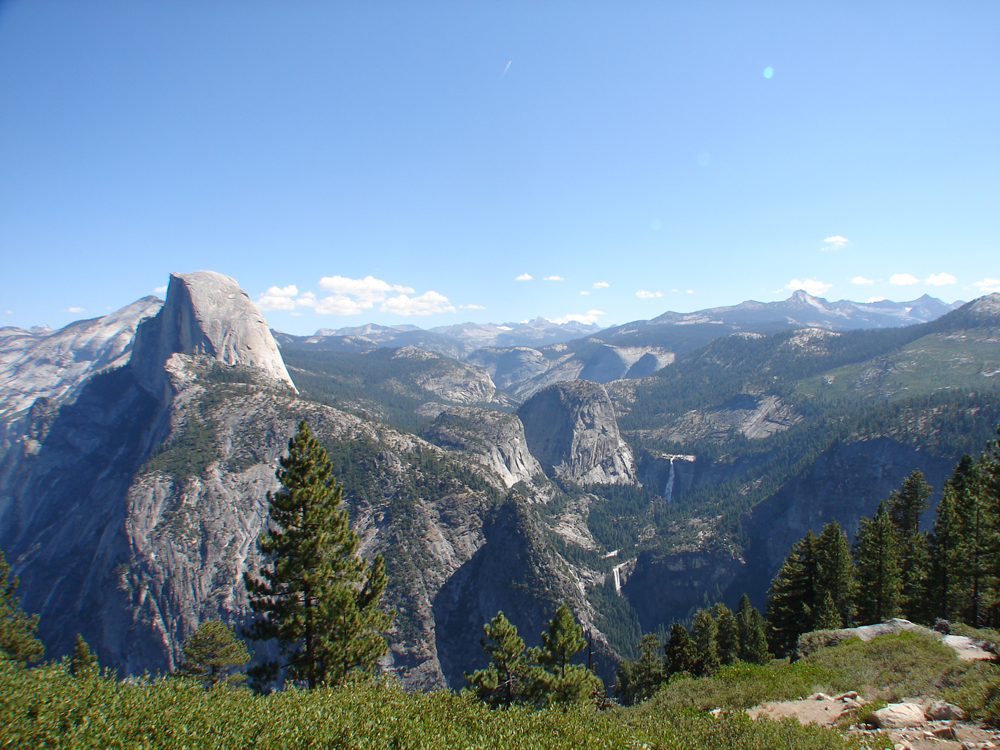
Half Dome is advertised to be the most recognizable and colossal rock monument within the Sierra Nevada mountains. It rises some 8,800 feet (2,682 meters) above sea level and the summit of Half Dome rises some 4,800 feet (1,462 m) above the surrounding Yosemite Valley floor. Half Dome is about 87 million years old, one of the youngest plutonic rocks in the area.
Sculptures from violence
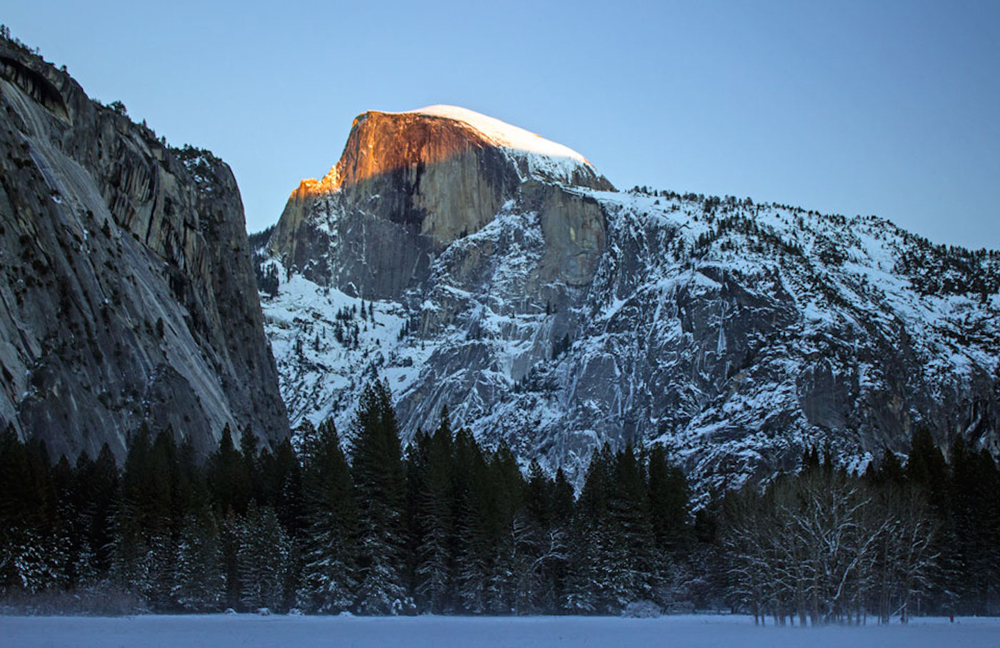
The igneous granite that forms Half Dome was created during the Cretaceous Period. The magma source for its creation came from the Pacific tectonic plate as it was being forced downward by the North American plate. During this mountain-building episode some 10 million years ago that formed the modern Sierra Nevada range, many deep granite domes were brought near the surface where the forces of erosion have sculptured the features we see today.
Weather's effects
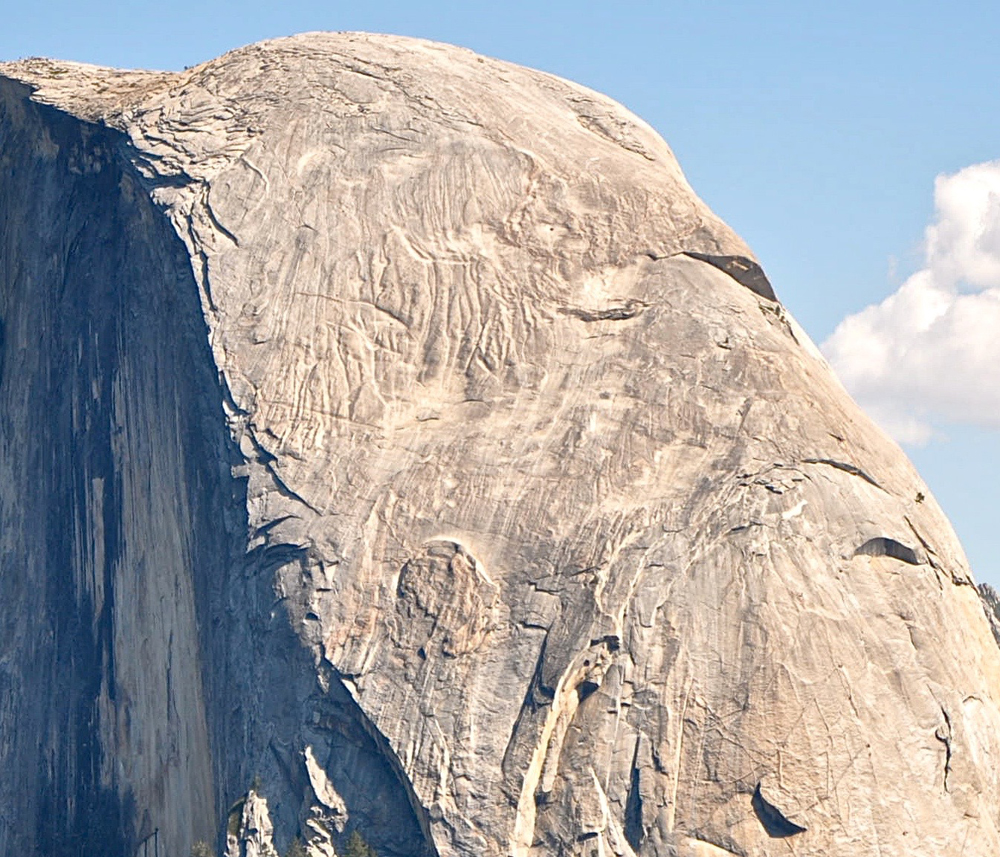
The granite of Half Dome is composed of medium to coarse grains of well-formed plates of biotite and crystals of hornblende. This granite tends to disintegrate by what geologists refer to as sheet jointing. The action of freezing and thawing along these joints has resulted in the dome's contours seen today. The rounded crown of Half Dome is the result of whole sheets of rock peeling away in a weathering process called exfoliation.
Remaining questions
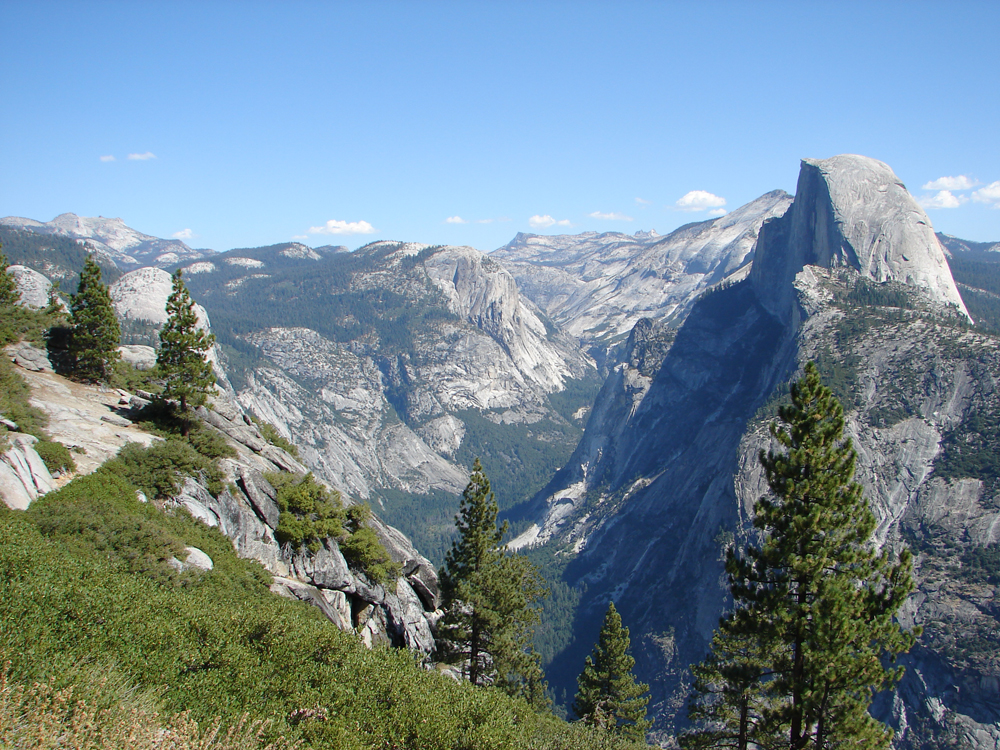
Three sides of Half Dome are smooth and round while the remaining face is a 2,000-foot (610 m) sheer cliff. These features make this granite dome appear to have been cut in half. Geologist still question if there was ever once a matching half to Half Dome. Perhaps as it was formed deep within the Earth, events prevented the second half from ever forming. Or, as others suggest, the vertical joints within the massive granite dome may have broken loose and undercut Half Dome's base, resulting in ancient glaciers carrying away the second part of the rock dome and forming the nearby U-shaped valley.
Sign up for the Live Science daily newsletter now
Get the world’s most fascinating discoveries delivered straight to your inbox.
High traffic area
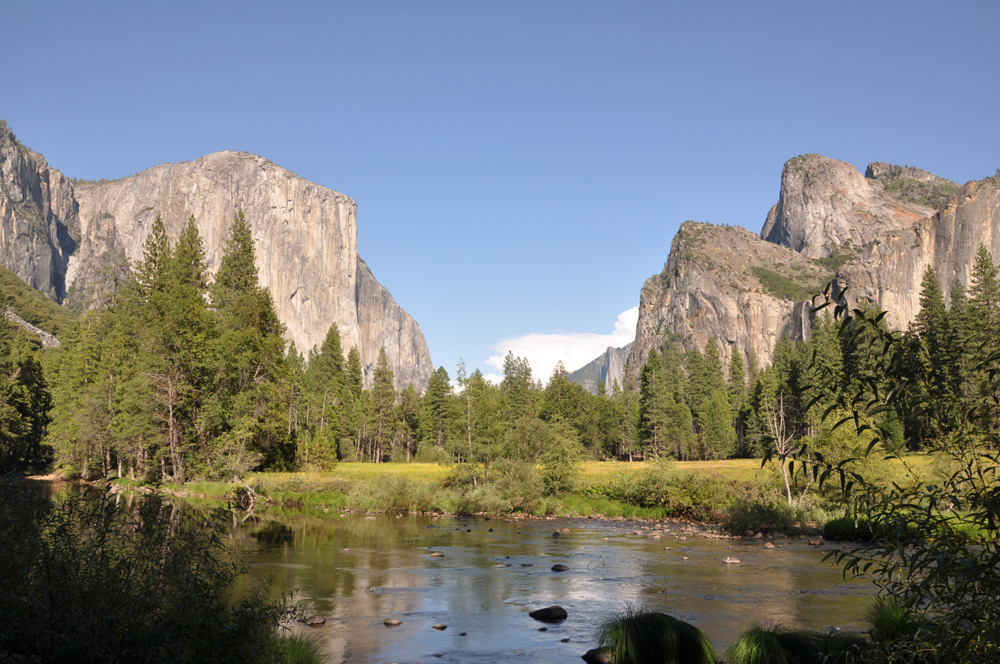
Half Dome, as well as majority of the Yosemite Valley, is overseen and protected within Yosemite National Park. This highly visited national park encompasses some 1,169 square miles (3,028 square kilometers) of the Sierra Nevada mountains. It was first explored by Americans in 1855, when James Hutchings and artist Thomas Ayres visited the wilderness area. Their writings and drawings quickly resulted in the Yosemite Grant Bill, making this land the first parkland in America preserved specifically for public use by action of the United States Congress. The legislation was signed by President Abraham Lincoln during the American Civil War on June 30, 1864.
Diverse habitats
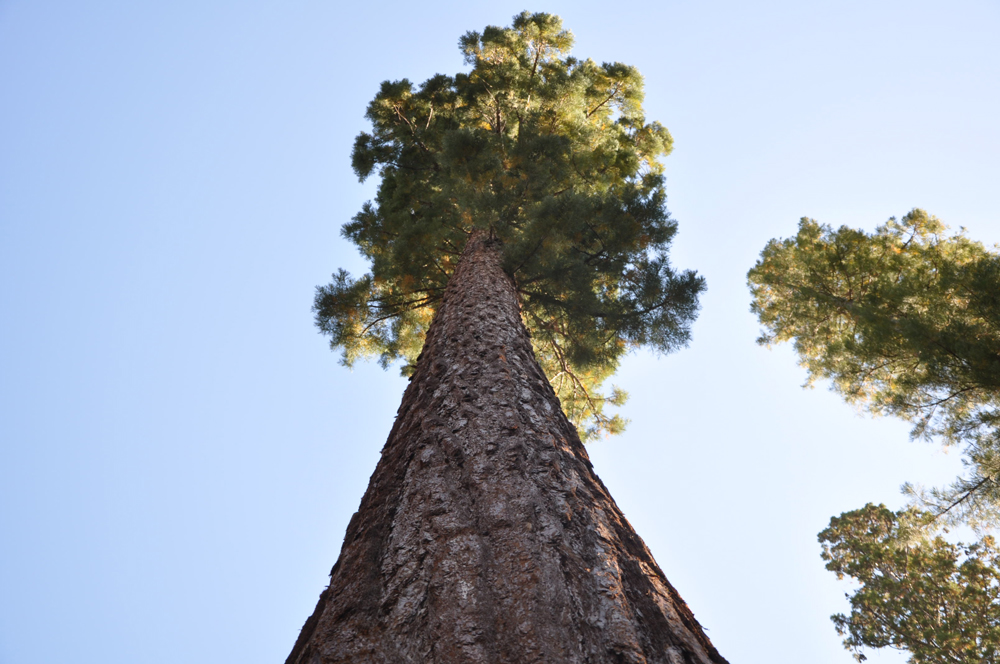
The elevation of Yosemite National Park ranges from 2,127 to 13,114 feet (648 to 3,997 m). The vast wilderness areas of the park encompass five major vegetation zones. More than 160 of the nearly 3,500 plant species found within the park have been designated as rare. Most famous of those rare species would be the three ancient giant sequoias (Sequoiadendron giganteum
So much to do
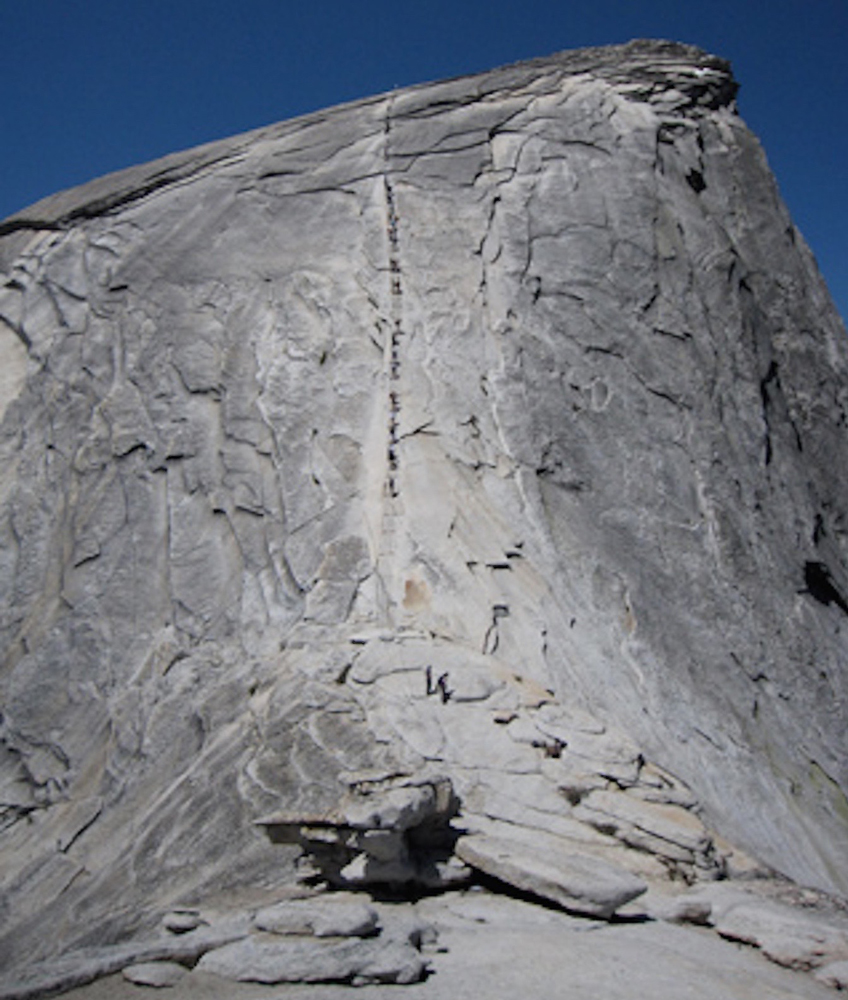
Recreational opportunities are abundant throughout the Yosemite Valley. Hiking, camping, mountain biking and the never-ending opportunities for spectacular photography bring nearly 4 million visitors to the national park each year. One very popular hike is to the top of Half Dome. In 1919, a cable route, shown here, was created along the eastern face to help hikers pull themselves up to the summit. This strenuous hike to the top and back can take upwards of 12 hours.
Tribal tales
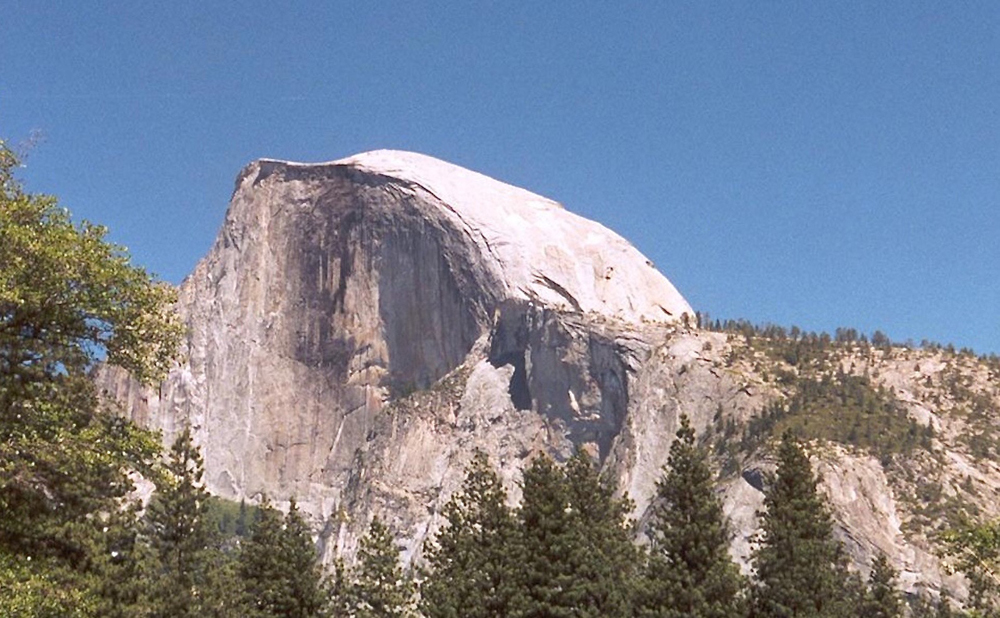
The Yosemite Valley was once the land of the Ahwahneechee tribe. Tribal legend tells the story of a wife and her husband once fighting with each other near the giant granite domes. Because of their wicked fighting, both were turned into stone with the wife, Tissiak, becoming Half Dome. Even today, the tears of Tissiak stain the sheer granite face of Half Dome.









